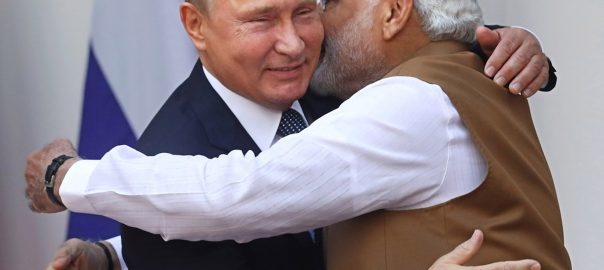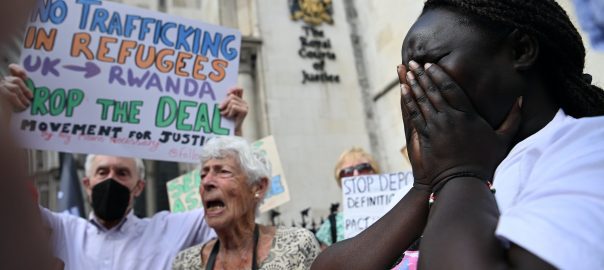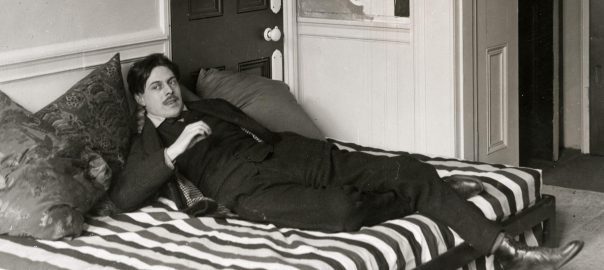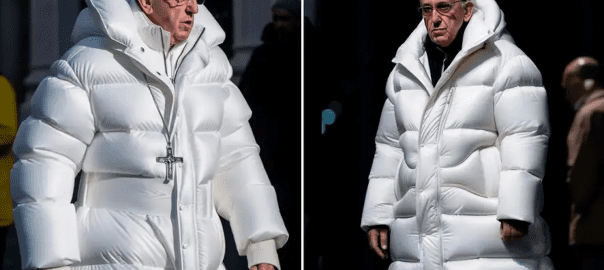Angus Nurse, Nottingham Trent University
Louise Casey’s review of the standards of behaviour and internal culture at the Metropolitan police makes for uncomfortable reading. It was commissioned following the kidnap, rape and murder of Sarah Everard by Wayne Couzens, who was a serving Met officer at the time.
Casey highlights the prevalence of sexism and homophobia. Crucially, in considering police culture she draws different conclusions on the existence of institutional racism than the position taken in 2021 by Boris Johnson’s government on race.










